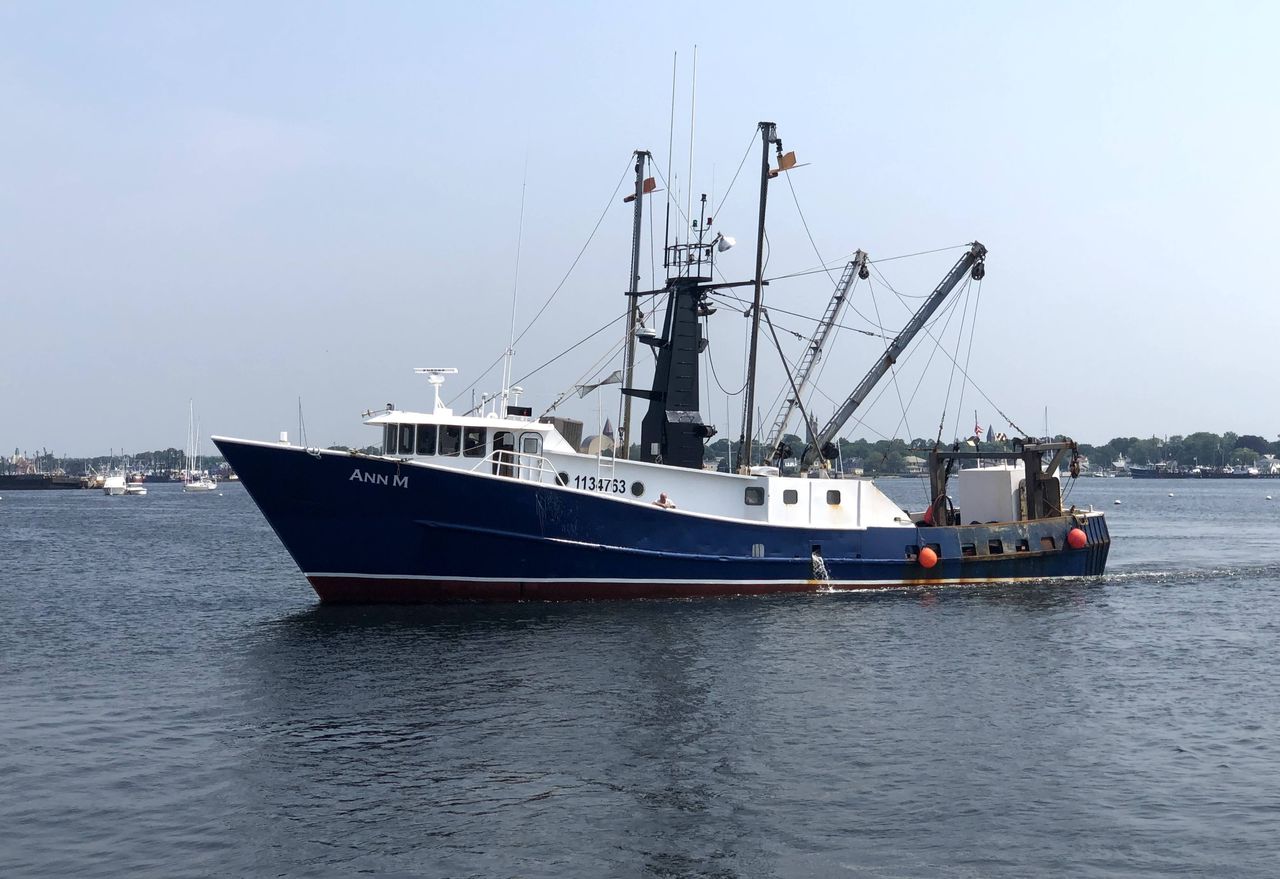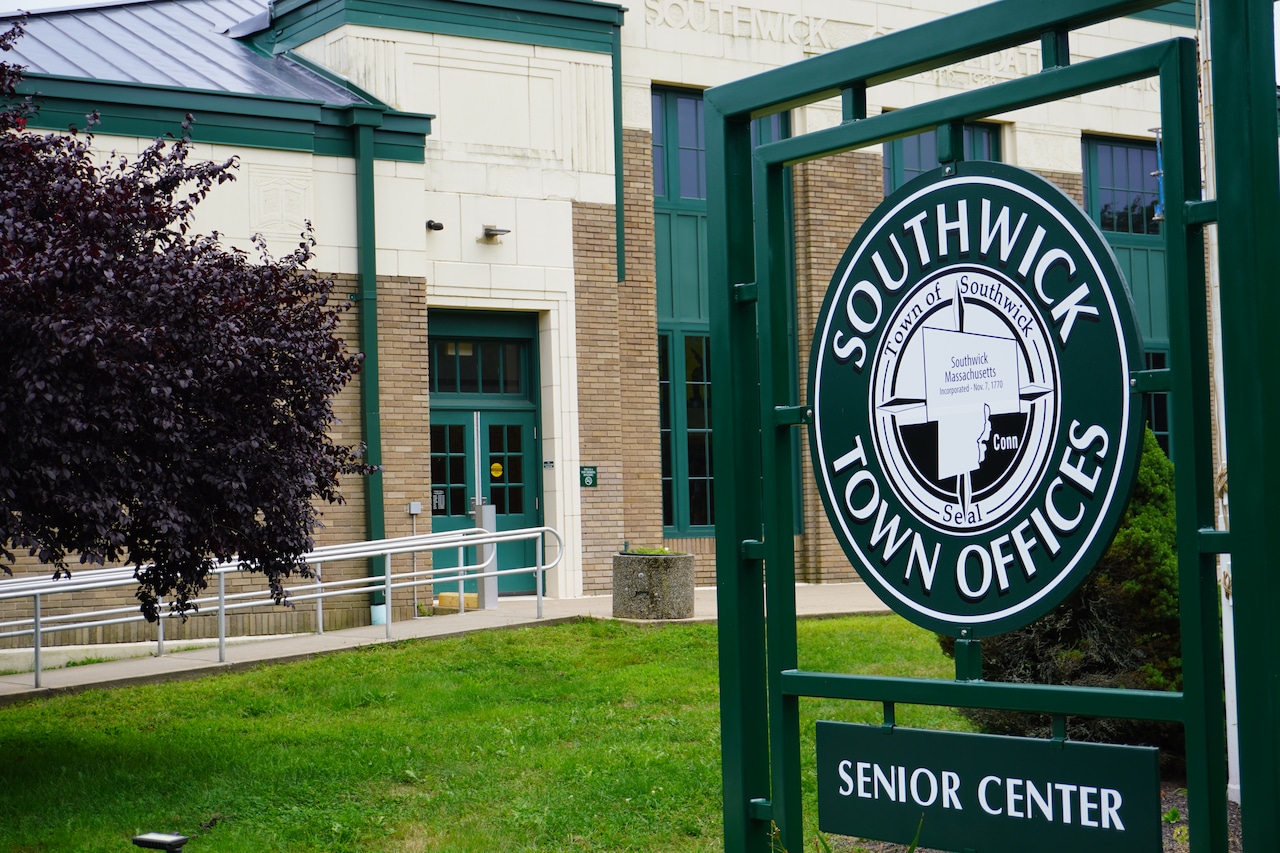
Efforts to protect the Buzzards Bay watershed have gotten a leg up thanks to a more-than $550,000 infusion of federal grant money that four communities will put toward those efforts.
Officials and advocates in Fairhaven, New Bedford, Wareham and Westport can use the money to, among other things, create salt marsh habitat and improve efforts to treat stormwater discharge, according to Gov. Maura Healey’s office.
The grants announced Thursday are funded through the $1.1 trillion national infrastructure law, and administered by the U.S. Environmental Protection Agency, according to Healey’s office. The money is being channeled through the Buzzards Bay estuary program and the state’s Office of Coastal Zone Management.
The grants also leveraged some $336,000 in local, state and federal funds, Healey’s office said in its statement.
The projects “address water quality and habitat health goals while focusing on addressing defined community needs,” state Energy & Environmental Affairs Secretary Rebecca Tepper said, noting that the Healey’s administration is “committed to going after federal funds such as these to support communities in advancing their environmental protection priorities throughout the watershed.”
The Buzzards Bay watershed covers some 434 square miles across Massachusetts and Rhode Island, taking in all or part of 17 communities in the Bay State and parts of three communities across the border in the Ocean State, according to the Buzzards Bay National Estuary Program. The 28-mile-long bay itself sits between the westernmost part of Cape Cod and the Elizabeth Islands.
The bay faces a number of environmental challenges, including nitrogen pollution from homes, streets and cranberry bogs, according to the Buzzards Bay Coalition, an environmental advocacy group. The bay also faces the risk of bacterial contamination, toxic pollution and the “constant threat” of oil spills, according to the coalition’s website.
The money announced Thursday is also aimed at “[studying] the effectiveness of nitrogen removal from a wastewater treatment plant,” Healey’s office said in its statement.
The projects ”show a diverse and innovative approach to addressing water quality issues in our area,” U.S. Rep. William R. Keating, D-9th District said. “The National Estuary Program is critical in its support for communities throughout the South Coast and Southeastern Massachusetts.”
Here’s where that money will go:
- Fairhaven “will receive $125,000 to improve water quality in Outer New Bedford-Fairhaven Harbor by reducing pollution from stormwater runoff. The grant will fund stormwater retrofits, including green infrastructure designs to treat road runoff from Jerusalem Road and leverage other state funding. The runoff currently discharges to a shellfish growing area, causing the area to be closed periodically to shellfishing after rainfall.”
- New Bedford and its partner, Groundwork Southcoast, “will receive $93,531 to hire an engineering firm to conduct a feasibility study and develop design plans for creating a salt marsh habitat in a manmade pond in Riverside Park. The pond is currently overgrown with invasive species and is often used as a dumping ground. The project will return the area to a natural state and create a tidal exchange with the Acushnet River. Groundwork Southcoast and its Green Team, which employs area youth, will work with the city and residents to build environmental stewardship and help ensure that designs for the popular waterfront park meet community needs and environmental sustainability goals.”
- Wareham and its partner, the Marine Biological Laboratory, “will receive $275,000 to scale up prior pilot studies that showed nitrogen levels can be lowered and effluent quality can be significantly improved at the Wareham Water Pollution Facility by passing effluent through biofilters composed of wood chip media. The proposed Phase 2 field trials will explore how earlier pilot experiments can be scaled to 40-foot-long reactors and will calculate flow rates and infrastructure needed to handle the municipal facility’s daily flows. The Wareham Water Pollution Facility currently has stringent nitrogen limits imposed on its discharge, and the new bioreactor technology, which is more cost-effective than other approaches, would help the town further reduce its nitrogen loading to coastal waters. If successful, the new technology will allow for the increased capacity of the wastewater facility and much-needed expansion of sewering in the town.”
- Wareham and its partner, the Buzzards Bay Coalition, also “will receive $40,000 to assess the feasibility of constructing a neighborhood-scale wastewater system with the purpose of reducing nitrogen pollution from onsite septic systems near Little Harbor Beach on Great Neck. The study will identify potential nearby town-owned property outside the flood zone where the facility might be sited,” and
- Westport will “receive $25,000 to hire a consultant to assist the town with monitoring and investigating municipal separate storm sewer system (MS4) discharges to comply with the town’s federal stormwater permit. The proposed work will safeguard the town’s waterbodies and groundwater by assisting with the control of polluted stormwater runoff, which is a major cause of water quality impairments in the town,” Healey’s office said in its statement.
“Communities in the Buzzards Bay watershed have made it clear they need help dealing with the myriad of wastewater, stormwater, and climate resilience issues they face,” Joe Costa, the executive director of the Buzzards Bay National Estuary Program, said in a statement. “We are excited to provide the funding to address these issues and support these important water quality and habitat projects.”
Two state lawmakers who represent Wareham on Beacon Hill said they’re grateful for the infusion of federal cash.
“At a time when Wareham is facing challenges associated with the operation of the Water Pollution Control Facility this grant funding is very much appreciated,” one of the lawmakers, Rep. Susan Gifford, R-2nd Plymouth, said. “I’d like to extend my sincere thanks to the Healey-Driscoll Administration for their assistance.”





